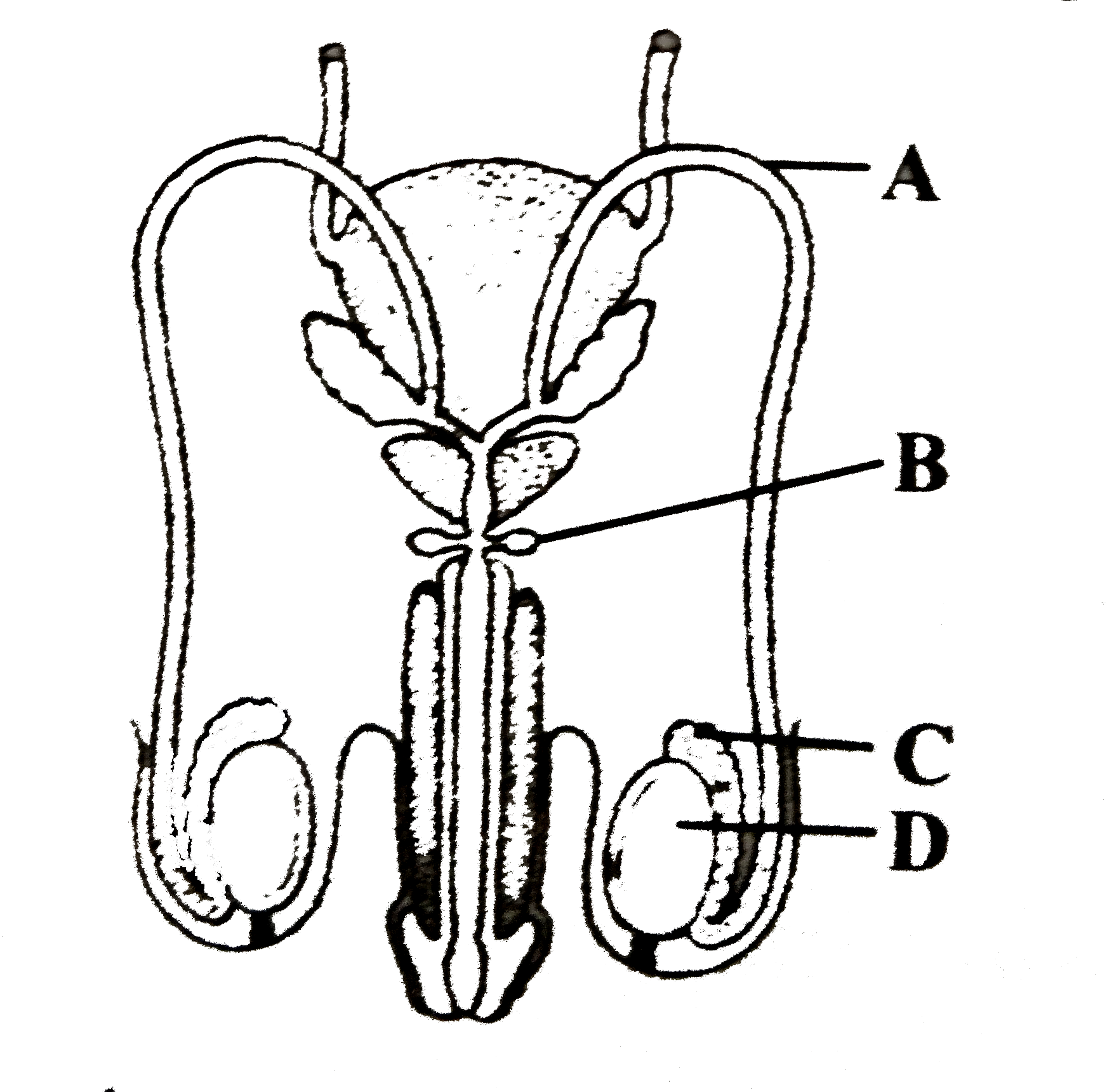How many features are correct for majority of the pteridophytes? a. Heterosporous, b. Homosporous, c. Holoblastic, d. Meroblastic, e.Multiflagellate sperms, f. Biflagellate sperms.
b, d, f
a, c, e
a, d, f
b,c, e
To solve the question of how many features are correct for the majority of pteridophytes, we need to analyze each of the given options:
1. Heterosporous (Option a):
- Heterosporous plants produce two types of spores (microspores and megaspores). While some pteridophytes are heterosporous, the majority are not. Therefore, this feature is not correct for most pteridophytes.
2. Homosporous (Option b):
- Homosporous plants produce only one type of spore, which develops into a gametophyte that can be either unisexual or bisexual. Most pteridophytes are indeed homosporous. This feature is correct.
3. Holoblastic (Option c):
- Holoblastic development means that the entire zygote participates in the embryonic development. This is a characteristic of many pteridophytes. Therefore, this feature is correct.
4. Meroblastic (Option d):
- Meroblastic development involves only a part of the zygote participating in embryonic development. This is not a characteristic of the majority of pteridophytes. Therefore, this feature is not correct.
5. Multiflagellate sperms (Option e):
- Pteridophytes typically have multiflagellate sperm, meaning their sperm cells have multiple flagella. This feature is correct.
6. Biflagellate sperms (Option f):
- Biflagellate sperm have only two flagella. This is not a common feature of pteridophytes, as they usually have multiflagellate sperm. Therefore, this feature is not correct.
Now, summarizing the correct features:
- Correct features: Homosporous (b), Holoblastic (c), Multiflagellate sperms (e).
- Incorrect features: Heterosporous (a), Meroblastic (d), Biflagellate sperms (f).
Final Count of Correct Features: 3 (b, c, e).
Thus, the answer to the question is that 3 features are correct for the majority of the pteridophytes.
- Heterosporous plants produce two types of spores (microspores and megaspores). While some pteridophytes are heterosporous, the majority are not. Therefore, this feature is not correct for most pteridophytes.
- Homosporous plants produce only one type of spore, which develops into a gametophyte that can be either unisexual or bisexual. Most pteridophytes are indeed homosporous. This feature is correct.
- Holoblastic development means that the entire zygote participates in the embryonic development. This is a characteristic of many pteridophytes. Therefore, this feature is correct.
- Meroblastic development involves only a part of the zygote participating in embryonic development. This is not a characteristic of the majority of pteridophytes. Therefore, this feature is not correct.
- Pteridophytes typically have multiflagellate sperm, meaning their sperm cells have multiple flagella. This feature is correct.
- Biflagellate sperm have only two flagella. This is not a common feature of pteridophytes, as they usually have multiflagellate sperm. Therefore, this feature is not correct.
- Correct features: Homosporous (b), Holoblastic (c), Multiflagellate sperms (e).
- Incorrect features: Heterosporous (a), Meroblastic (d), Biflagellate sperms (f).
Topper's Solved these Questions
Similar Questions
Arrange the following terms in the correct developmental sequence in flowering plants... a. Sperms , b. Heart-shaped embryo , C. Syngamy, d. Microspore mother cell , e. Sporic meiosis , f. Globular embryo
View SolutionThe steps involved in spermatogenesis are given below. Arrange them in proper sequence and select the correct option.
A. Primary spermatocytes undergo the first meiotic division.
B. Spermatogonia multiply by mitotic division.
C. Transformation of spermatids into sperms.
D. Secondary spermatocytes undergo the second meiotic division.
E. Release of sperms from the seminiferous tubules.
View Solution
Knowledge Check
Read the following statements about the given diagram carefully and state which of them are correct ?

(i) A carries urine and sperms.
(ii) B secretes a fluid that helps in the lubrication of penis.
(iii) D produces testosterone but not sperms
(iv) C stroes sperms.A(i) and (ii)B(ii) and (iii)C(ii) and (iv)D(i) and (iv)
Homospory is a condition where all the spores are of similar kind these statements implies for a. some bryophytes, b. all pteridophytes, c. All bryophytes, d. majority of the pteridophytes
View SolutionHow many of the following feature(s) is/are commonly concerned with Pinus as well as Cycas?
(a) Pinnate leaves
(b) Mycorrhiza
(c) Branched stem
(d) Direct pollination
(e) Female strobili
(f) Non-motile sperms
(g) Simple leaves
(h) Exposed ovule.
Mark the correct option.
View SolutionRead the following statements about the given diagram carefully and state which of them are correct.

(i) A carries urine and C stores sperm.
(ii) B secretes a fluid that helps in the lubrication of penis.
(iii ) D produces testosterone but not sperms.
(iv) C stores sperms.
View SolutionIdentify the correct pair combinations
(i) Chara - Monosporous - Chlorophyll a, b
(ii) Salvinia - Homosporous - Free floating hydrophytes
(iii) Ectocarpus- Filamentous form - Chlorophyll a, d
Laminaria - Biflagellate gametes - Haplodiplontic lifecycle
View SolutionHow many of the following features are associated with pea? (a) Basal placentation (b) non-endospermous seed (c) leaf sendrilis (d) Moncadalphous stamens (e)papllionaceous corolla (f) Actinomorphic flowers
View SolutionWhich is the correct sequence? (A) Algae → pteridophytes → gymnosperms (B) Bryophytes → angiosperms (C) Pteridophytes → algae (D) Algae → Bryophytes → Pteriodophytes →gymnosperms
View SolutionProcess of maturation and development of sperms is
(a) Spermatogenesis
(b) Spermiogenesis
(c) Oogenesis
(d) Spermiation
View Solution
